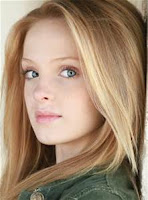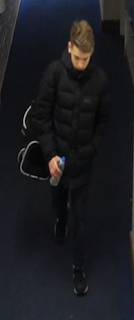Case studies
Macro Budget
Star Wars VII the
Force Awakens (2015)
Director- JJ Abrams
Stars- Daisy Ridley, John Boyega, Oscar Isaac
Certificate- 12a
Production company- Lucasfilm, Bad Robot, Truenorth
Budget- $200,000,000 (Estimate)
Box Office- $2.008 billion USD (Estimate)
Distributor- Disney
EXTRA NOTES
They had a huge Ad campaign beforehand spanning across
social media, TV, trailers in cinema, posters, billboards, games, apps, YouTube
Everest (2015)
Director-
Baltasar Kormákur
Certificate- 12a
Production company-
Working Title
Budget- $55,000,000
Box
Office- $202,394,678 (worldwide)
Distributor- Universal Pictures
EXTRA
NOTES
There were not that many different ways they
distributed, however there TV ads which showed a trailer and of course they had
a social media page and website however that normally comes as standard.
The Theory of everything (2014)
Director-
James Marsh
Certificate- 12a
Production company-
Working title
Budget- $15,000,000
Box
office- $121,201,940 (worldwide)
Distributor- Universal pictures and Focus pictures
EXTRA
NOTES
There was a large advertising campaign on TV and in
cinema multiplexes. However there was no cross media convergence with this
film. Also there was no technological convergence.
The Worlds End (2013)
Director- Edgar Wright
Stars- Simon Pegg, Nick
Frost, Martin Freeman
Certificate- 15
Production company-
Working Title
Budget- $28,000,000
Box office- $46,089,287
(Worldwide)
Distributor- Universal pictures and Focus pictures
EXTRA NOTES
There were TV ads and trailers in cinemas around the world.
They have social media pages on twitter and Facebook, however they did not have
a website or app. This may be because of the genre.
Low Budget Indie
Four Lions (2010)
Director- Christopher Morris
Stars- Will Adamsdale, Riz Ahmed, Adeel Akhtar
Certificate- 15
Production company- Film 4, Warp Films and Wild bunch
Budget- £2.5 Million
Box Office- $4.6 million
Distributor- Optimum releasing and Drafthouse
EXTRA NOTES
There was a website for the film and there are social media
pages. However there was no apps. They had not had an ad campaign on TV however
there were ads in cinema multiplexes.
Withnail & I
(1987)
Director- Bruce Robinson
Stars- Richard E. Grant, Paul McGann, Richard Griffiths
Certificate- 15
Production Company- Cineplex-Odeon Films, Hand Made Films
Budget- $1,100,000
Box office- $1,544,889
(worldwide)
Distributor-
Cineplex-Odeon
EXTRA NOTES
There were no
ads at all just showed at cinemas, started off slow and turned into a cult
film. Went onto DVD. NO social media or website.
This Is England
Director- Shane Meadows
Stars- Thomas Turgoose, Stephan Graham, Jo Hartley
Certificate- 18
Production company- Warp Films
Budget- £1.5 million
Box office- $8,176,544 (worldwide)
Distributor- Optimum release
EXTRA
NOTES
No apps or anything of that kind. There were no TV or cinema ads due to
the nature and budget of the film. Also there is no website.















































